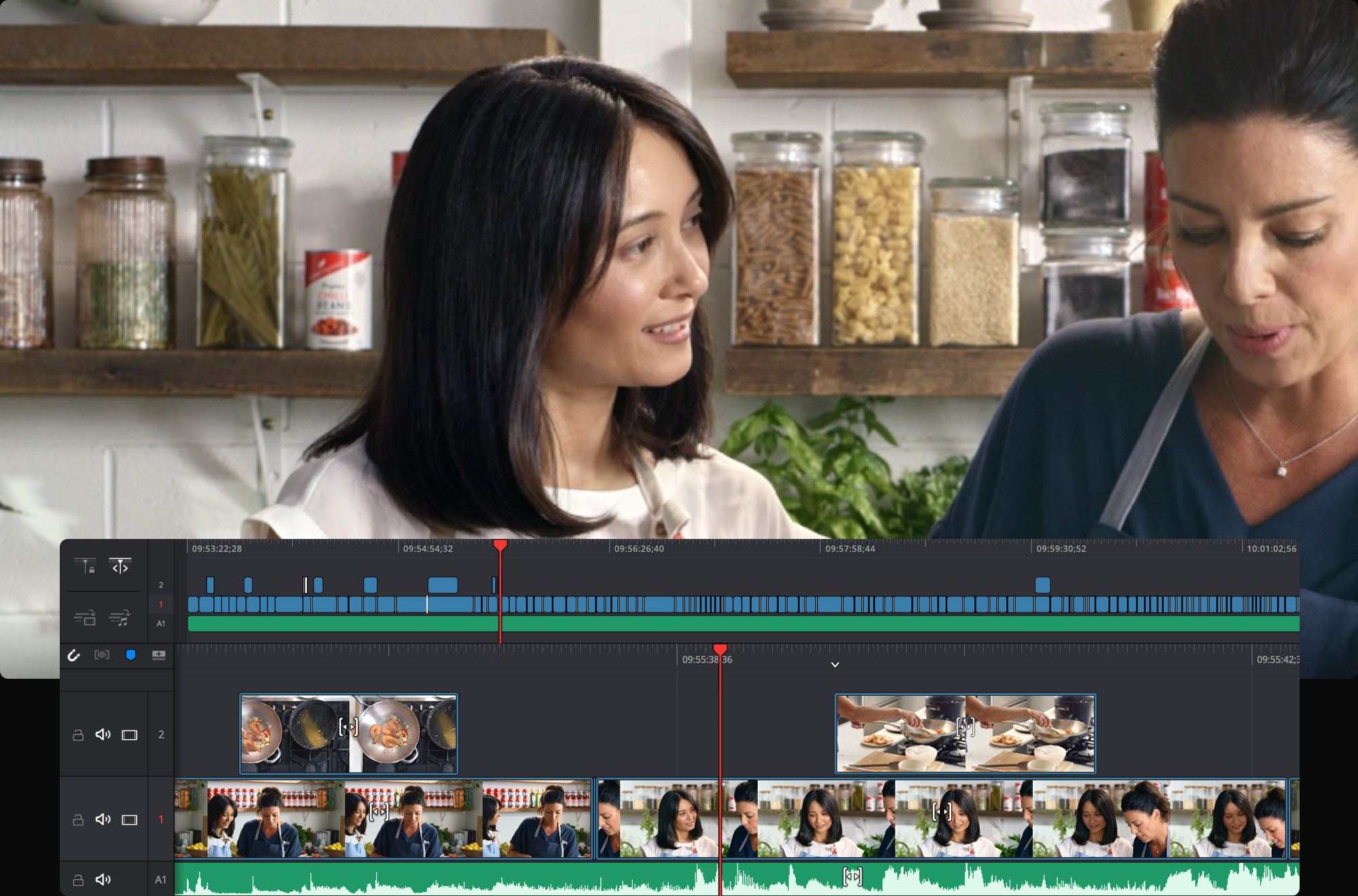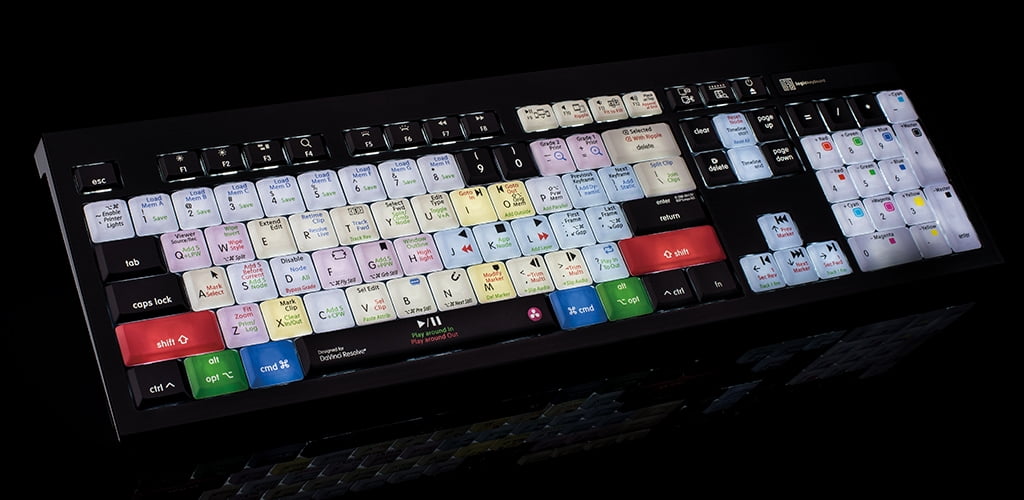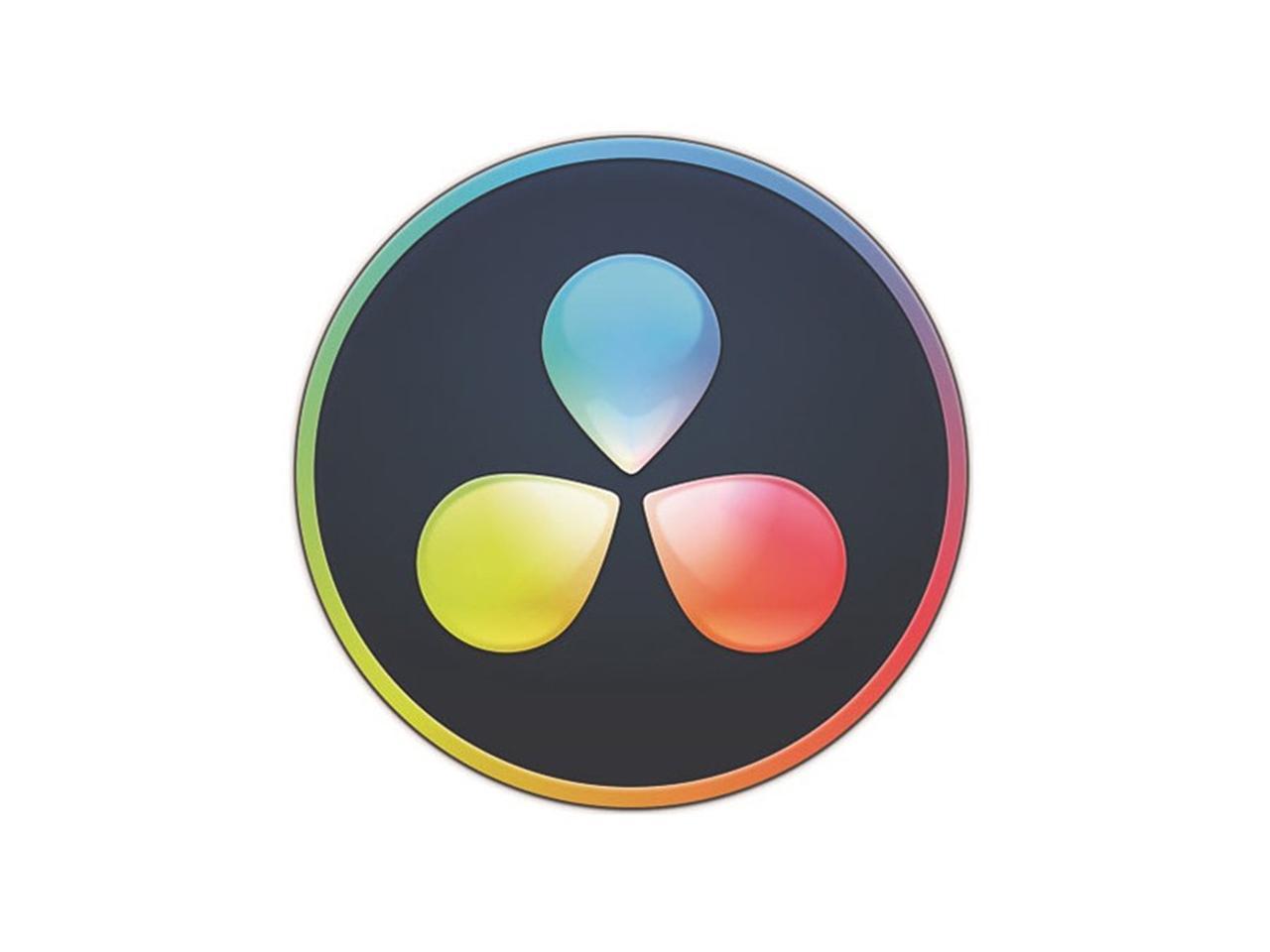
When you have the on screen transform tool on you can see the path for the animation for the move. You can also click and drag on the video the change the location of the video. You can click on the outline and drag to change the size of the video. We can use this tool to change the size of the video in the viewer. Under the viewer you can turn the transform tool on. You can also use the on screen controls to change the zoom in or zoom out, some find this to be easier. You can also change zoom keyframes by using the curves. You can right click on the keyframes to view this pop out window to add easing You can click on the keyframes in this window and move them if needed and delete selected keyframes.

The icon that looks like a keyframe will open this little bar at the bottom on the clip showing the location of the keyframes. You should see a keyframe automatically created.Īt the bottom of the clip you should now see 2 options for the keyframes. Next we can now change the values to our desired ending size. Once we have the first keyframe set, we would then move the playhead to where we would want the zoom end to be. To add a keyframe we would click on the small diamond after the input. However, you can still see menu options, pages, transport controls, etc.Īs per Blackmagic, this mode will be helpful while working with the positioning of windows, rotoscoping, etc.If you wanted to add in a zooming in or out animation we would need to add keyframes. This view helps me get my hands dirty with curves, color wheels, keyframing, etc., which is found directly below the viewer.įull page viewer mode makes your viewer big such that it takes the maximum space.


I tend to use enhanced viewer mode a lot by pressing “Shift + F”. Basically, it creates space for the viewer so that there is no distraction. (Keep in mind that the cinema viewer mode is available across different pages like Media, Cut, Edit, Color, Fairlight, Deliver, etc.).Įnhanced viewer mode hides panels like “Gallery” and “Nodes”, left and right to the timeline viewer. This is really useful so that you get a feel for the final output during the editing or color grading stages. No menu options are displayed at the top, and no pages are displayed at the bottom. All you see is the video or image in the viewer.

Difference Between Cinema, Enhanced and Full Page Viewer Modes in the “Color” Page of DaVinci ResolveĬinema viewer mode expands your viewer to the full screen of your monitor.


 0 kommentar(er)
0 kommentar(er)
